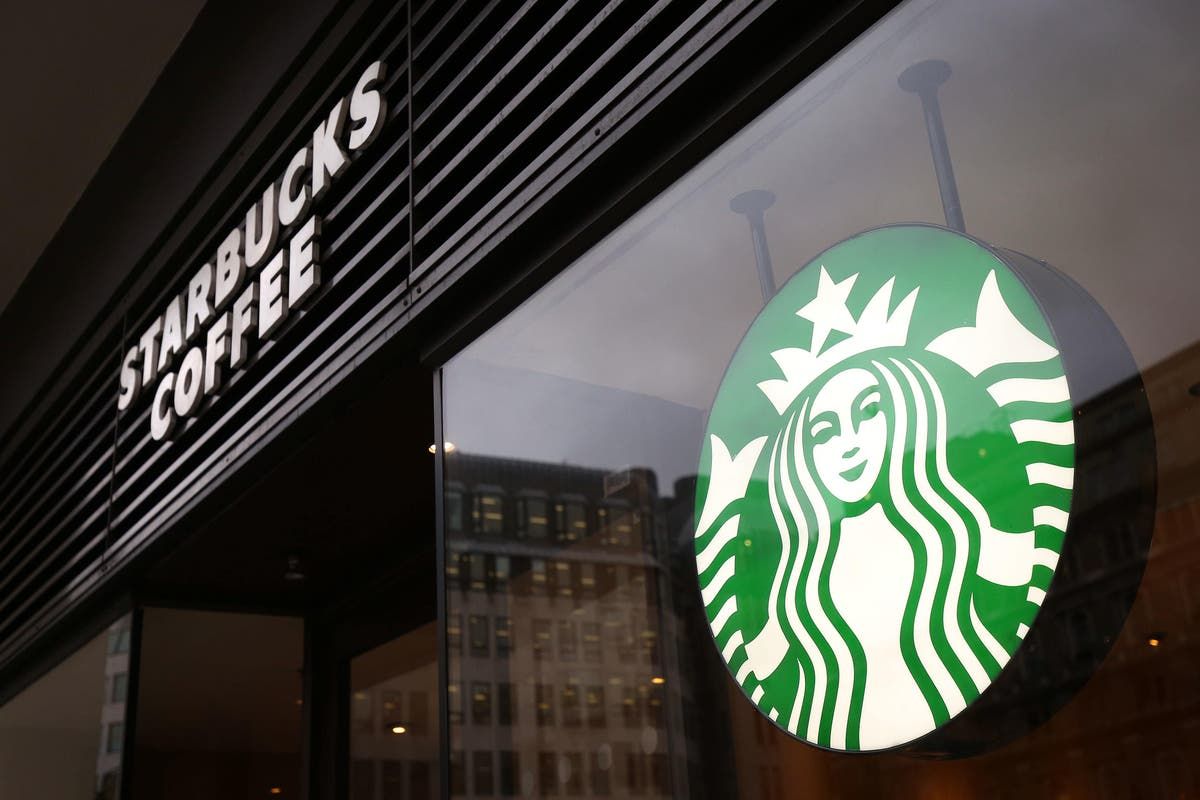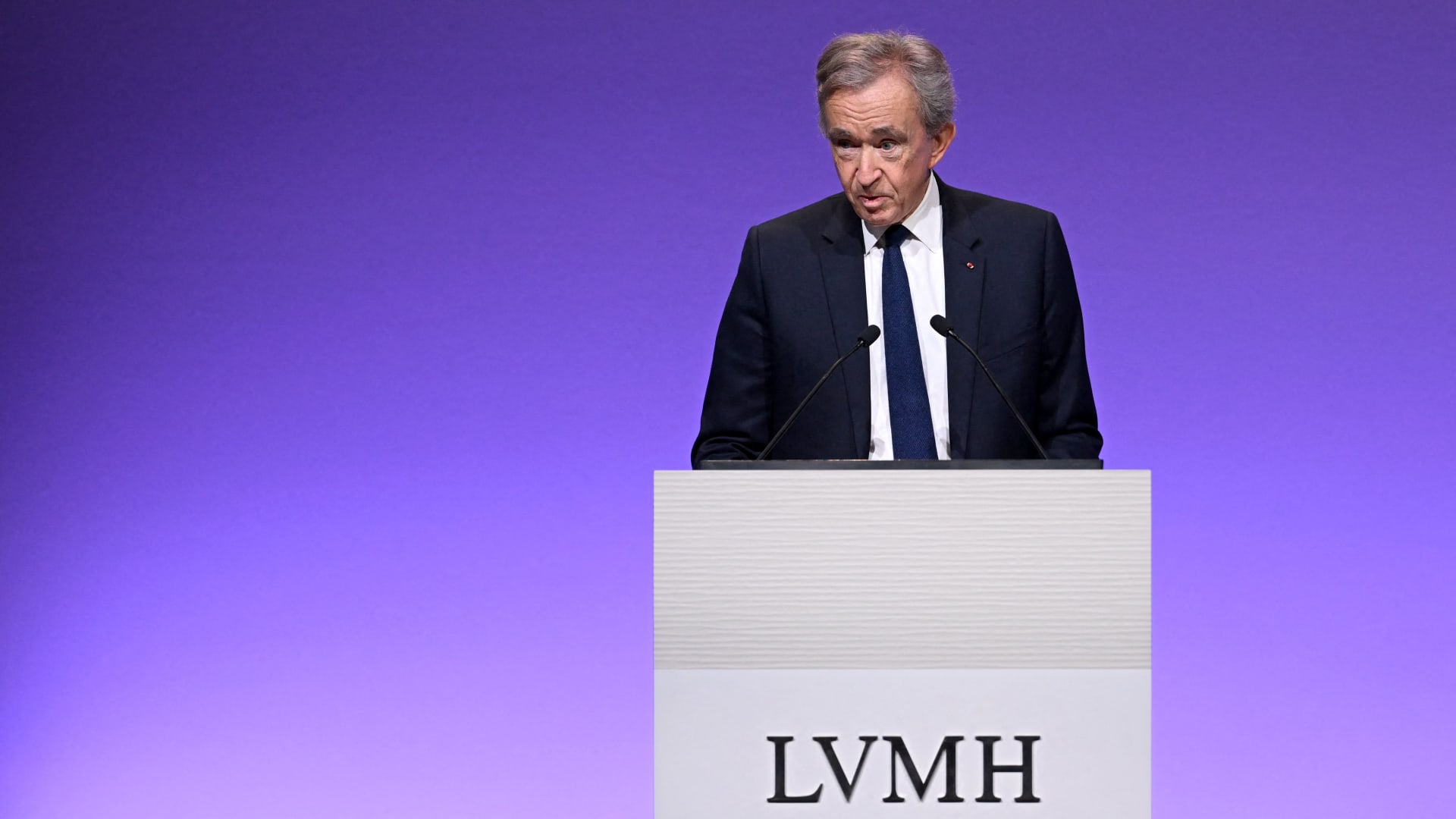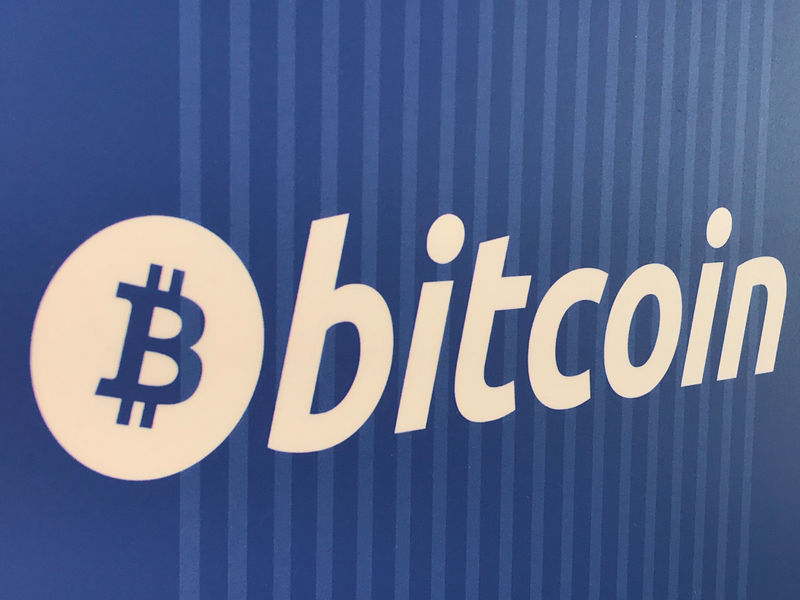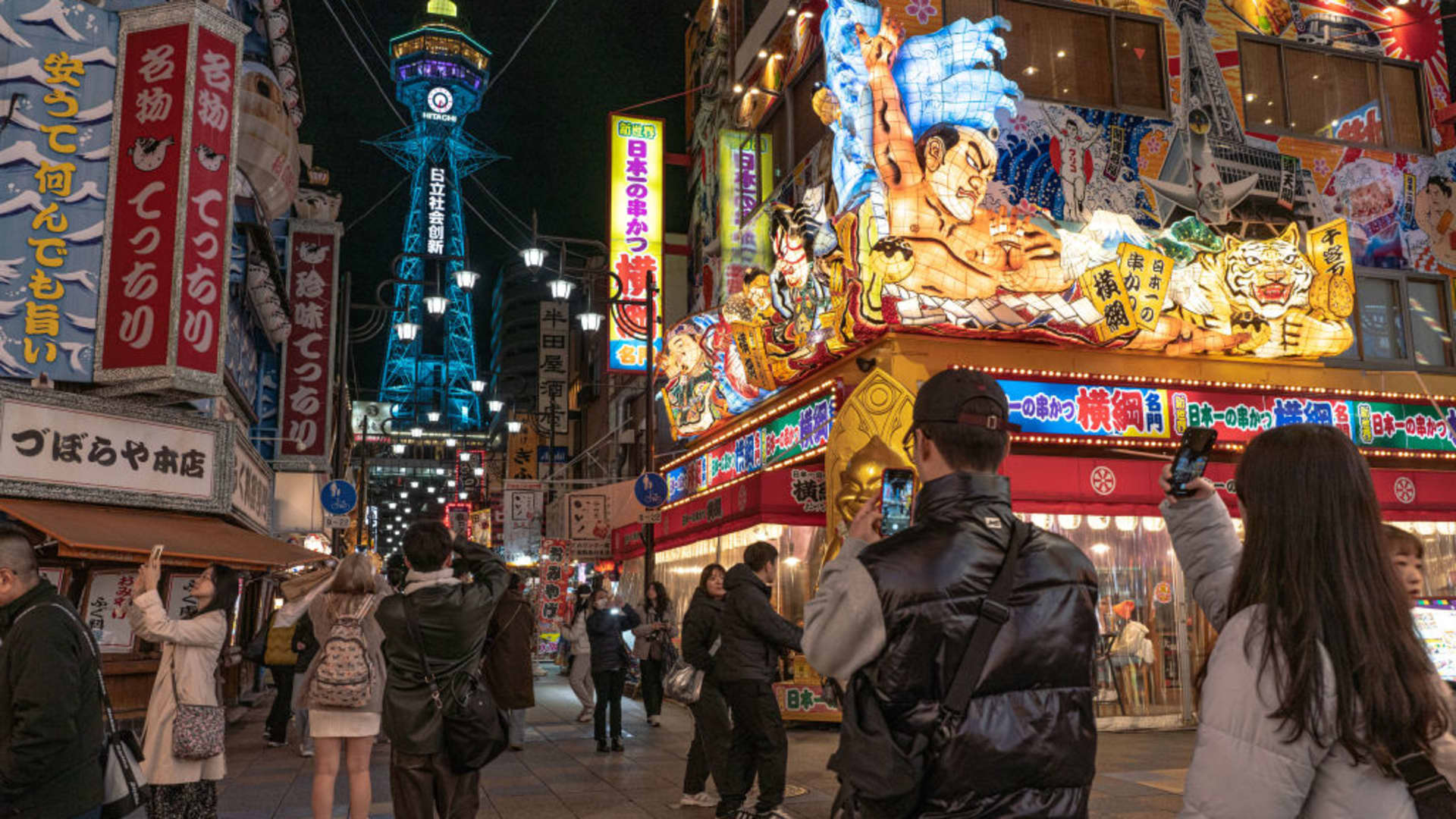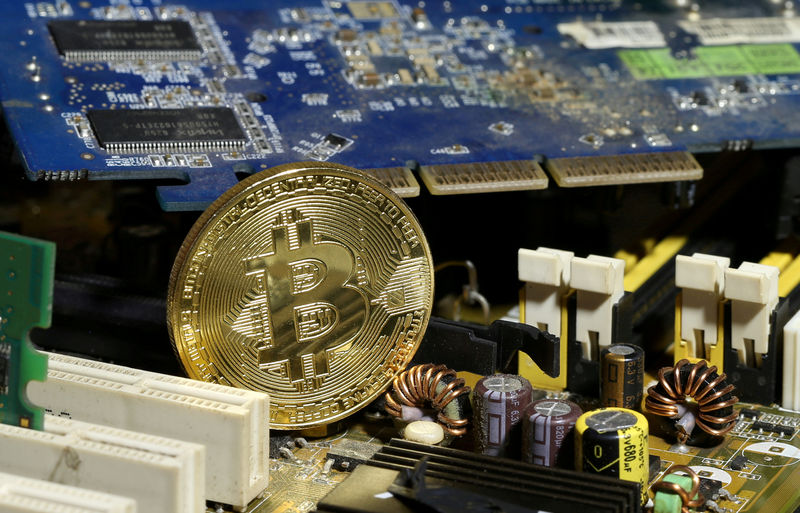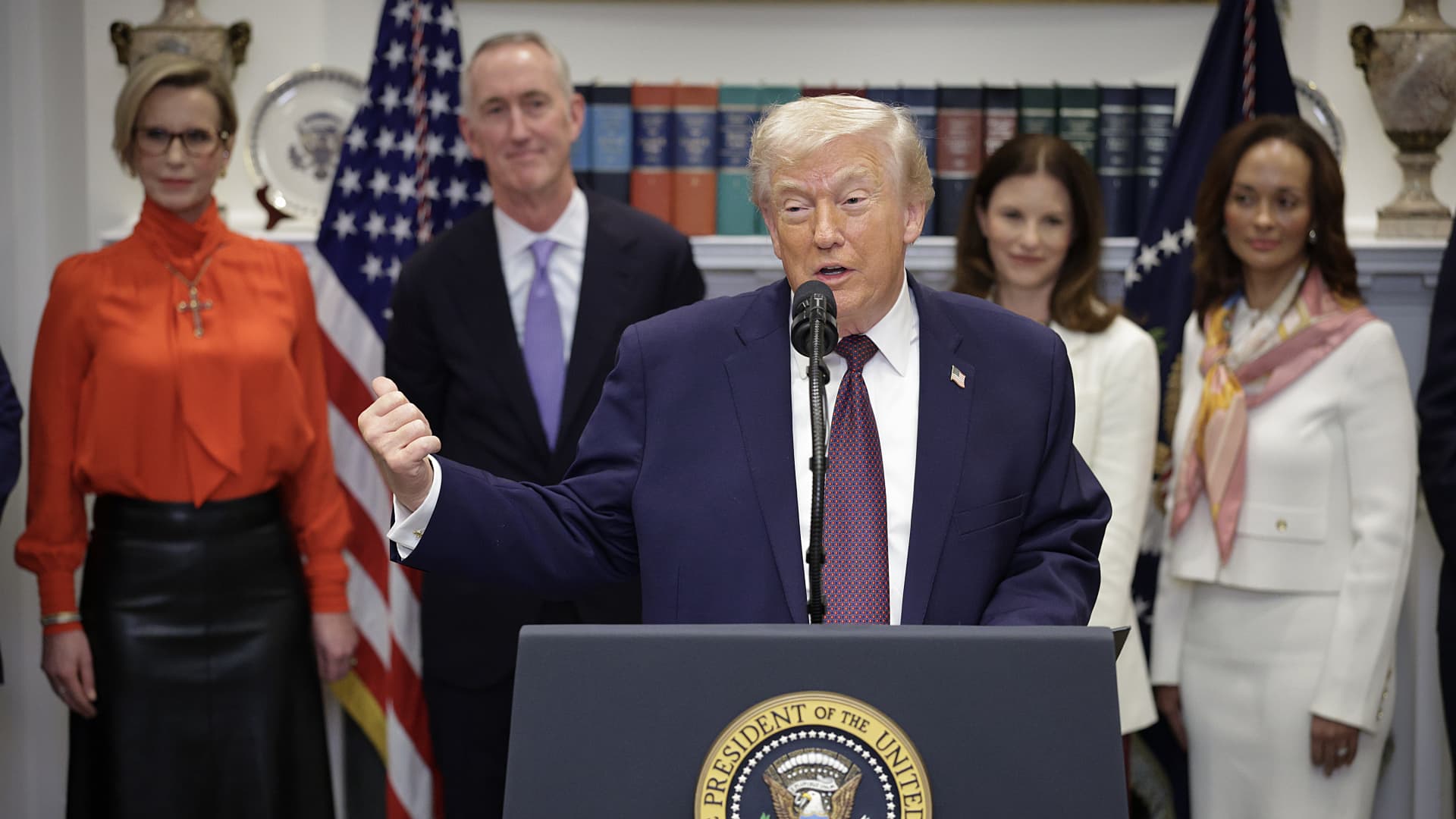Your support helps us tell the story.
As your White House correspondent, I ask the tough questions and seek the answers that matter.
Your support allows me to be in the room, pushing for transparency and accountability. Without your contributions, we would not have the resources to challenge those in power.
Your donation allows us to continue doing this important work, keeping you informed every step of the way to the November election.
Andrew Feinberg
White House Correspondent
Starbucks' new president and CEO has revealed the changes he wants to make to the giant coffee franchise.
New Chief Brian Niccol said Tuesday he plans to focus on improving service, particularly during morning rush hours.
He also said he wanted to reestablish the stores as gathering places as he takes over the struggling chain.
In an open letter on the Seattle coffee giant's website, Niccol said Starbucks is a beloved brand, but that he found during conversations with employees and customers over the past few weeks a “shared sense that we have moved away from our core.”
Starbucks sales have fallen this year due to weaker traffic at U.S. stores and other issues, including rising competition in China and boycotts in the Middle East. Niccol said improving the in-store experience for both baristas and customers will help turn that around.
“Many of our customers still experience this magic every day, but in some places, especially in the U.S., we’re not always delivering on what we promised,” said Niccol, who was named Starbucks CEO in August but officially took over the role on Monday. “It can feel transactional, menus can be overwhelming, the product is inconsistent, the wait is too long or delivery is too chaotic. These moments are opportunities for us to do better.”
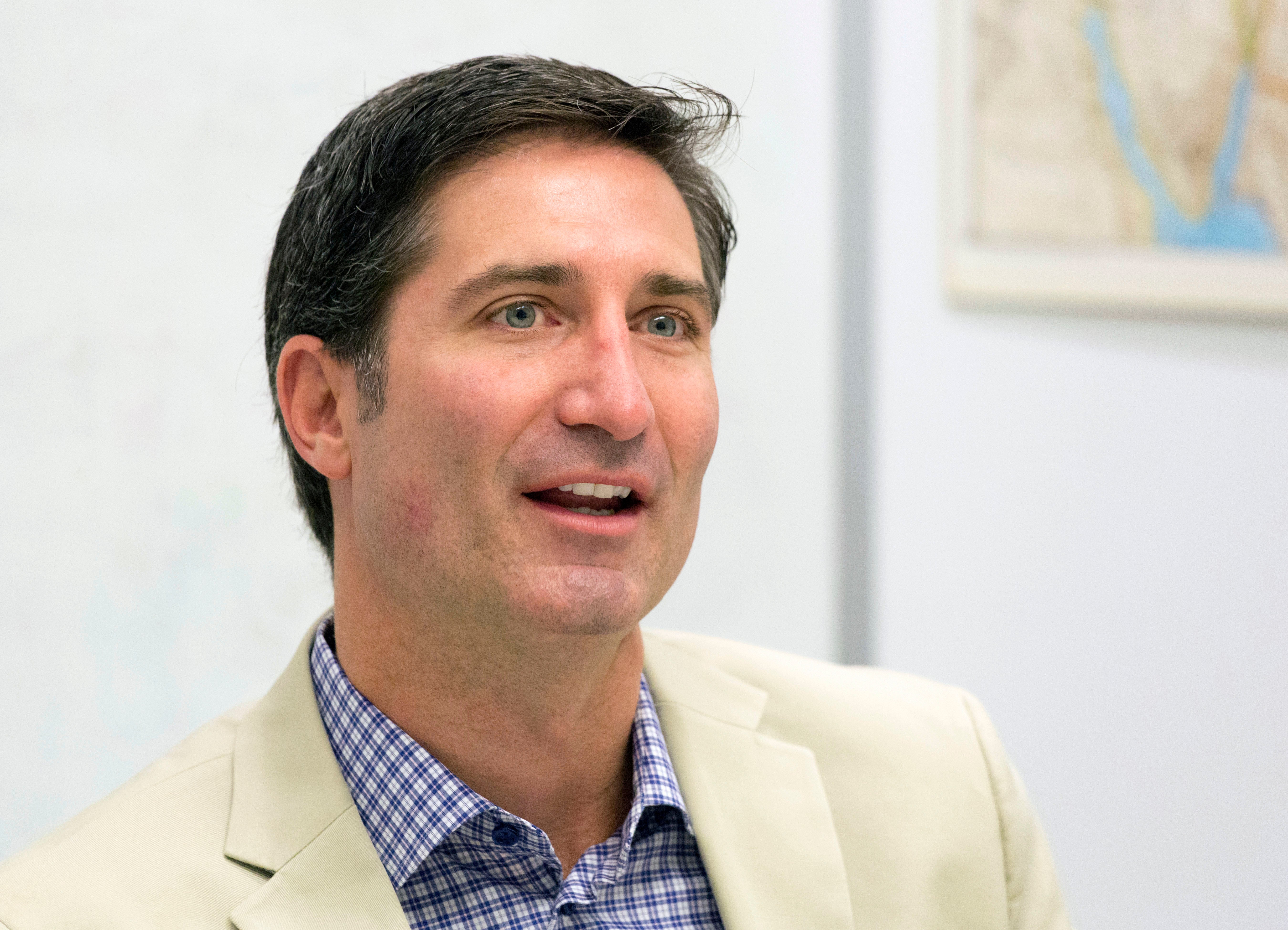
Niccol, who was chief executive of Chipotle before joining Starbucks, said the company “founded on a love of high-quality coffee” needs to ensure baristas have the right tools and time to prepare drinks and personally deliver them to customers.
The rise of disparate channels — such as mobile, drive-thru and delivery, which now account for 75% of orders — has made in-store operations more complex and increased wait times. Store design should recognize that shift and make a clear distinction between “to-go” orders and in-store service, and stores should be a welcoming place to linger with comfortable seating, she said.
Niccol also said Starbucks needs to make sure it meets the needs of morning customers.
“This means delivering exceptional food and beverage, on time, every time,” said Niccol.
Coffee is the heart of the company, Niccol said, and Starbucks marketing should remind customers of their coffee experience. It may have been a subtle dig at Starbucks' recent product introductions, including bubble tea and energy drinks.
Niccol said he plans to spend his first 100 days in Starbucks stores and support centers and meeting with suppliers.

